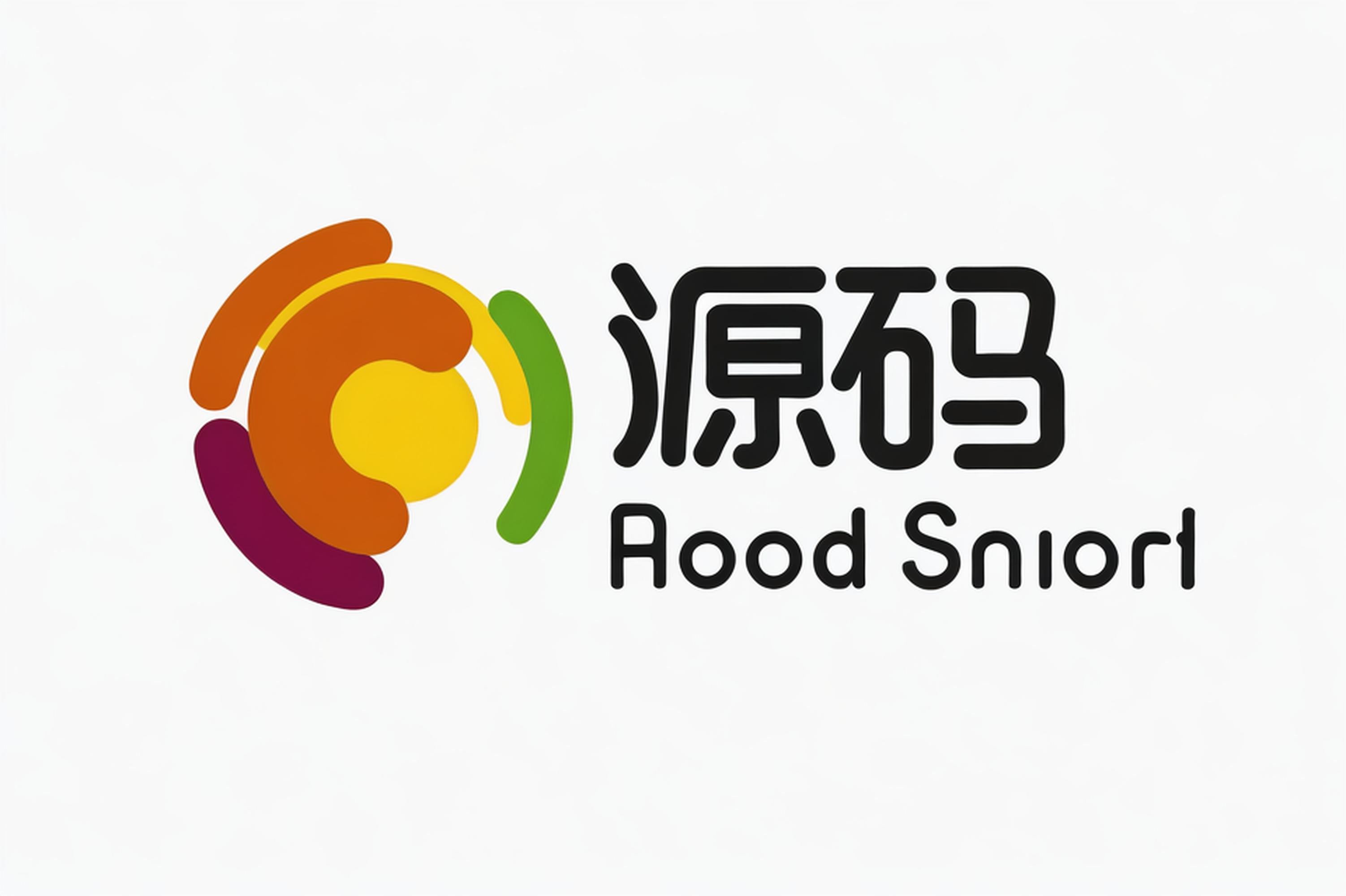Element UI是一个用于开发现代化Web应用的高质量前端框架,它提供了丰富的组件,帮助开发者快速构建用户界面。在这些组件中,el-image组件不仅能优雅地展示图片,还拥有强大的图片放大功能。在本文中,我们将详细探讨如何使用Element UI中的el-image组件实现图片放大功能,并介绍一些优化和使用技巧。
一、引入与安装Element UI
在使用el-image组件之前,首先需要引入和安装Element UI。如果你还没有安装Element UI,可以通过以下方式进行安装:
1. 使用npm安装
npm install element-ui --save
2. 引入Element UI
在你的主文件(例如main.js)中引入Element UI和其样式:
import Vue from 'vue'; import ElementUI from 'element-ui'; import 'element-ui/lib/theme-chalk/index.css'; Vue.use(ElementUI);
二、基本使用el-image组件
el-image组件提供了一个简洁的接口,可以方便地展示图片。我们先了解一下它的基本用法:
1. 基本用法
在你的Vue组件中使用el-image标签:
<template>
<div>
<el-image src="https://example.com/sample-image.jpg" />
</div>
</template>
<script>
export default { name: "ImageViewer",
};
</script>这段代码展示了一张简单的图片。src属性指定了图片的来源。
2. 支持大图片预览
el-image组件默认支持大图片预览功能,只需设置preview-src-list属性即可:
<template>
<div>
<el-image
src="https://example.com/sample-image.jpg"
:preview-src-list="['https://example.com/sample-image.jpg']"
/>
</div>
</template>
<script>export default { name: "ImageViewer",
};</script>当你点击图片时,会自动进入预览模式,支持放大和缩小操作。
三、优化与进阶用法
1. 懒加载
图片加载是Web应用性能优化中一个重要的环节,特别是当页面上有大量图片时。el-image组件支持懒加载功能,只需设置lazy属性:
<template>
<div>
<el-image
src="https://example.com/sample-image.jpg"
lazy
/>
</div>
</template>
<script>export default {
name: "ImageViewer",
};
</script>懒加载能够提高页面初始加载速度,特别是在多图页面上效果尤为明显。
2. 缩略图与放大功能结合
可以通过thumbnail和large模式的结合来实现缩略图与大图的无缝衔接:
<template>
<div>
<el-image
src="https://example.com/sample-thumbnail.jpg"
:preview-src-list="['https://example.com/sample-image.jpg']"
fit="cover"
/>
</div>
</template>
<script>export default { name: "ImageViewer",
};</script>在这个示例中,缩略图会以 cover 模式适应容器大小,点击后展示大图。
3. 自定义加载中和加载失败的图标
el-image还支持自定义加载中和加载失败的图标:
<template>
<div>
<el-image
src="https://example.com/sample-image.jpg"
lazy
:preview-src-list="['https://example.com/sample-image.jpg']"
:loading="loadingImage"
:error="errorImage"
/>
</div>
</template>
<script>
export default { name: "ImageViewer",
data() {
return {
loadingImage: 'https://example.com/loading.gif',
errorImage: 'https://example.com/error.png',
};
},
};</script>这样,当图片加载或加载失败时,会展示自定义的图片。
4. 多图轮播与放大
你可以利用el-image的preview-src-list属性,实现多图轮播与放大预览:
<template>
<div>
<el-image
src="https://example.com/sample-thumbnail.jpg"
:preview-src-list="[
'https://example.com/sample-image1.jpg',
'https://example.com/sample-image2.jpg',
'https://example.com/sample-image3.jpg'
]"
fit="cover"
/>
</div></template><script>export default { name: "ImageViewer",
};</script>点击图片后会进入预览模式,支持在多张图片间切换和放大查看。
四、实际应用中的技巧与注意事项
1. 结合响应式布局
在实际开发中,我们往往需要图片在不同设备上自适应尺寸,Element UI中的el-image可以配合CSS的响应式布局实现:
<template>
<div>
<el-image
class="responsive-image"
src="https://example.com/sample-image.jpg"
:preview-src-list="['https://example.com/sample-image.jpg']"
fit="cover"
/>
</div></template><style scoped>.responsive-image { width: 100%; height: auto;
}</style><script>export default { name: "ImageViewer",
};</script>2. 性能优化
当页面有大量图片时,建议使用懒加载功能,并结合CDN加快图片加载速度。还可以通过图片压缩技术减少图片体积,提高加载速度。
3. 避免阻塞主线程
在初始化大量图片时,确保每次只加载一定数量的图片,避免阻塞主线程。可以通过分段加载或虚拟滚动技术来优化用户体验。
总结
Element UI中的el-image组件提供了便捷且强大的图片展示及放大功能。通过本文介绍的基本用法和进阶技巧,你可以在Vue项目中更好地使用和优化图片展示功能。无论是在开发电商网站还是摄影展示平台,el-image组件都能助你一臂之力,带来更佳的用户体验。希望本文对你有所帮助,祝你在Vue开发中取得更多成就!
来源:
互联网
本文观点不代表源码解析立场,不承担法律责任,文章及观点也不构成任何投资意见。

评论列表